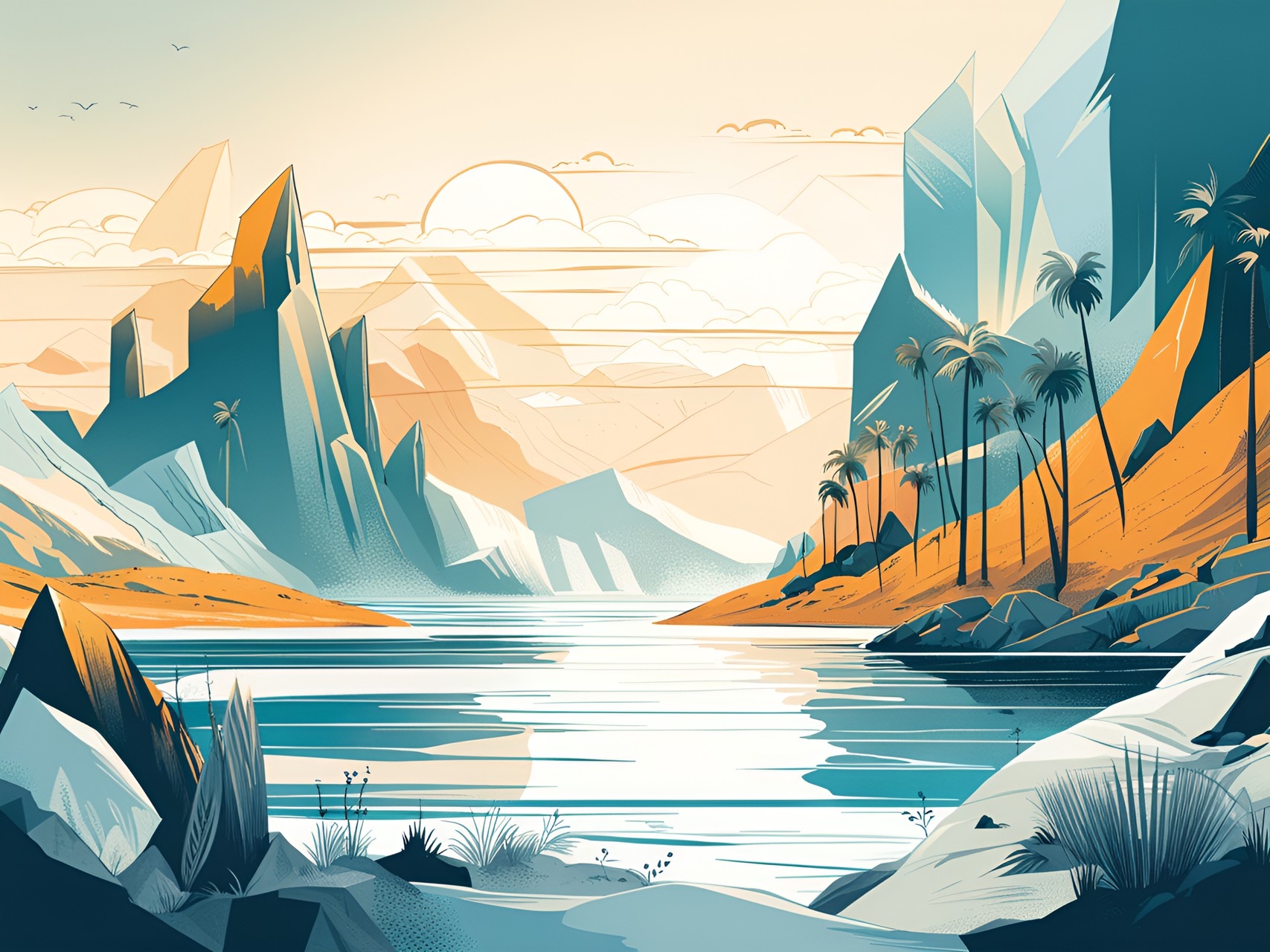Uwriun Scorpion
Deep within the seeming sea of sand of al-Arabiyyah, a mounstrous scorpion lays in wait for unwitting prey. They remain motionless like this for months at a time but are ferocious once they detect a suitable meal. The Uwriun Scorpion naturally grows to horrendous proportions over its long life. According to legend, they were enlarged by Ylithuum or Ilnid in order to drive Banalkar from al-Arabiyyah, who was also known as Orion. Aside from their size, Uwriun Scorpion are most known for their translucent but hardy exoskeleton, comprised of solid quartz! They sling sand to their whim with their Manipulation manifestation and crush victims with their terrible claws, a true terror to unwitting traveler. Those who slay these beasts are celebrated warriors, likened to Orion himself!
|
Ilnid's Bone
Thanks to Ilnid's Bone can convert their exoskeleton into quartz, giving them a jagged and thick armor. Quartz is extremely hard, ranked at 7 to 7.5 out of ten on the Mohs hardness scale. Each individual converts into a different kind of quartz.
Ilnid's Manipulation
Using Ilnid's Manipulation, Uwruin are able to manipulate sand, glass and quartz present in their environment. Usually done by moving their pincirs, legs or tail.
|
Anatomy |
Despite its enormous size, these scorpions are otherwise very typical for their species. They have eight legs and their body is split between their cephalothorax (fused head and thorax) and their opisthosoma (abdomen). They will also glow under ultraviolet light much like the al-Mawt, shining ghostly blue-green. They have a particularly thick carapace, capable of strengthening further by converting into quartz. While they have a stinger and venom, this species is more well known for its enormous claws. There isn't much they can't crush with these quartz pincirs. They use these alongside their chelicerae (claw like mouthparts) to shred apart their prey, usually dragging their victims deep into the sand.
Despite having many eyes, their sight is not very good. Much like the al-Mawt, they rely instead on the trichobothrium (hair like structures) all across their body which are highly sensitive to vibrations. They can detect humidity, smell and even temperature as well but this scorpion has one weakness in this regard: they don't work quite as well when their carapace is made of quartz! In this state they are far less perceptive, usually only using it to protect themselves or once they have taken hold of their prey. While their venom isn't nearly as potent as the al-Mawt Scorpion, their size makes the sheer dose of their poison all the more drastic. Their toxins include proteases, phospholipses, protease inhibitors and potassium channel toxins. There are some weak neurotoxins too but young specimens are not fatal to humans. Symptoms include diarrhea, nausea, vomiting, inflammation and pain of sting site, abdominal pain, acute liver injury, QT prolongation, ventricular arrhythmias and heart failure. Their sting is more debilitating than it is deadly but a large enough dose can still kill. |
Original Ancestor |
Lifespan |
|---|---|
Scorpio maurus Large Clawed Scorpion |
600-1,200 years |
Younglings |
Adults |
3 in 76 mm |
18 ft+ 5.4 m+ |
Coloration |
|---|
Uwruin are mostly translucent with olive and sandy hues. In its magic form it appears totally translucent but each individual will take on a different kind of quartz so this can vary considerably. There is even rumor of a species found in Sesli Plato which converts its body into Elemental Crystals! |
Habitat |
Much like its smaller cousin the al-Mawt Scorpion, these arachnids spend much of their time burrowed beneath the sand. They can be found in the Shamsi Desert as well but lack elemental protection from Shamsi's radiation, never delving deep into these regions. They prefer the sands of the Arabiyyan Desert, Kemet, Kna'an, Arya, Balkurtiz and rarely in Sesli Plato. There are of course rumors of a similar species blessed by Iska found within the Frozen Wastes but only those calling this region home know for sure. They craft deep burrows, seeking out damper sand and prefering high humidity. It will hide itself in these burrows for long periods of time, only emerging when it senses vibrations overhead. |
Diet |
When young, they have a typical diet for a scorpion and are not fussy, mainly targetting other arthropods. Their diet can include centipedes, earthworms, spiders, crickets and even other scorpions like the al-Mawt Scorpion. Much like theirr tactics as an adult, they wait below the sand totally motionless to preserve energy until they sense vibrations overhead. They spring from the sand and clamp onto their prey, crushing them if they can or using their stinger. While young, they might still be preyed upon, though crunching down on a quartz shell is less than apetizing for a number of predators. They will slowly prey on larger and larger victims as they grow which may include crickets, worms, locust, roaches, spiders, lizards and birds. They will move up into eating larger and larger mammals, birds and reptiles until they have become the apex predator of their territory, unafraid of preying even on humans. Their tactics and fearlesslness grows as they do, the oldest among them considerably tactical. |








Comments